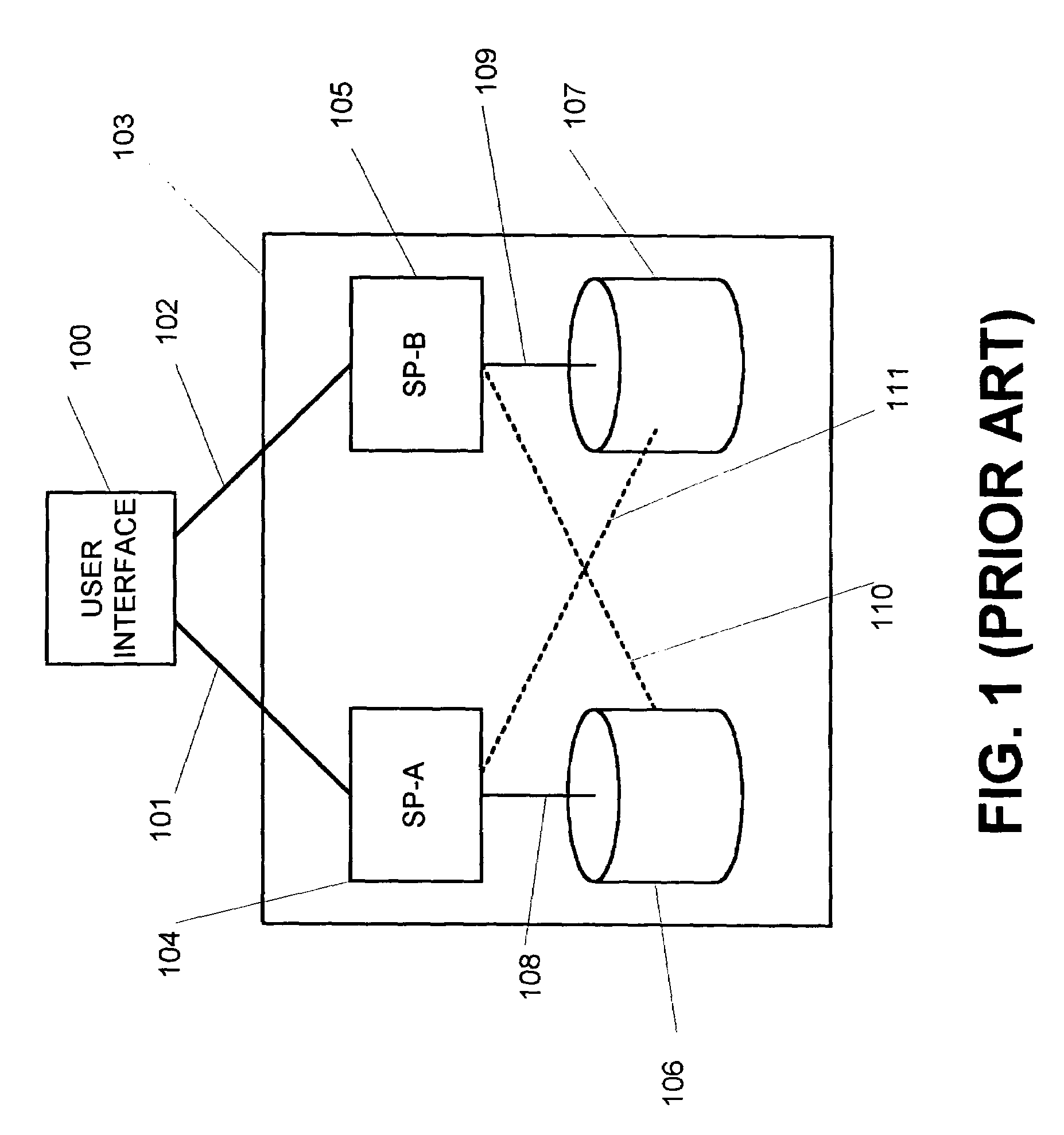Single management point for a storage system or storage area network
a storage system and management point technology, applied in the field of computer networks, can solve the problems of imposing a heavy burden on the client computer, slow management performance, and increasing the likelihood of human error on the system, so as to improve the user experience or client workstation computer workload, the user interface or client workstation computer is utilized more efficiently, and the management performance is slow
- Summary
- Abstract
- Description
- Claims
- Application Information
AI Technical Summary
Benefits of technology
Problems solved by technology
Method used
Image
Examples
Embodiment Construction
Introduction—Object-Oriented Programming and Definitions
[0028]As mentioned in the background section, objects are software containers located in memory having special properties. Objects contain both data and instructions / functions and can send and receive messages between and amongst themselves, but they cannot be broken-into (i.e., they encapsulate the data contained in them and allow access only through a well-defined interface). Programmers can create relationships between objects, e.g., objects can inherit characteristics from other objects and / or they can contain such other objects and / or they can contain links to such other objects. Objects are defined by way of its class, and objects are thus instances of that class. For example, one can create an object called “Fluffy” from a class called “Feline”. Multiple objects of this class can be made, each having a different name. Object “trees” are pictorial representations of relationships between objects or nodes and, in the case ...
PUM
 Login to View More
Login to View More Abstract
Description
Claims
Application Information
 Login to View More
Login to View More - R&D
- Intellectual Property
- Life Sciences
- Materials
- Tech Scout
- Unparalleled Data Quality
- Higher Quality Content
- 60% Fewer Hallucinations
Browse by: Latest US Patents, China's latest patents, Technical Efficacy Thesaurus, Application Domain, Technology Topic, Popular Technical Reports.
© 2025 PatSnap. All rights reserved.Legal|Privacy policy|Modern Slavery Act Transparency Statement|Sitemap|About US| Contact US: help@patsnap.com



